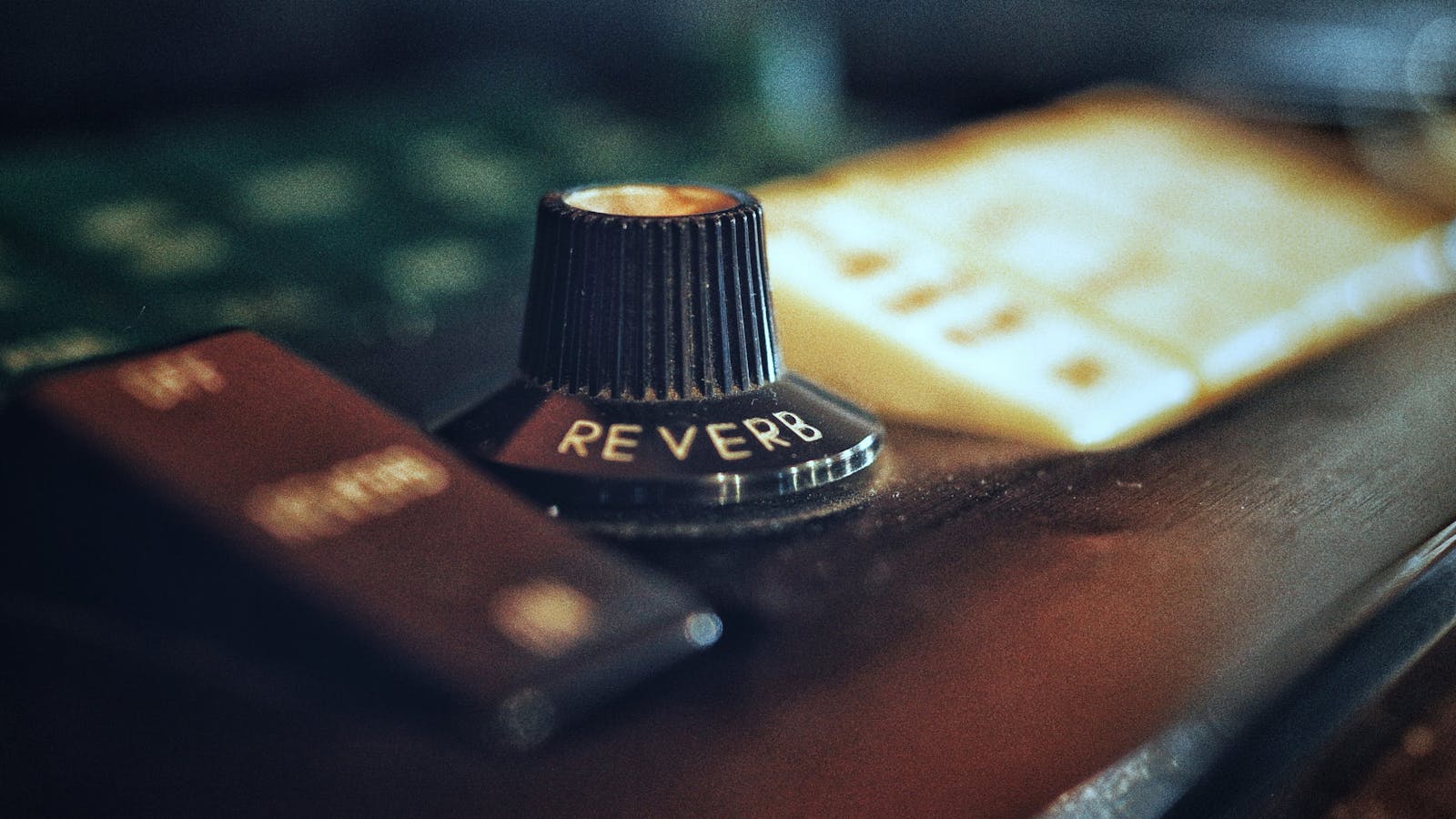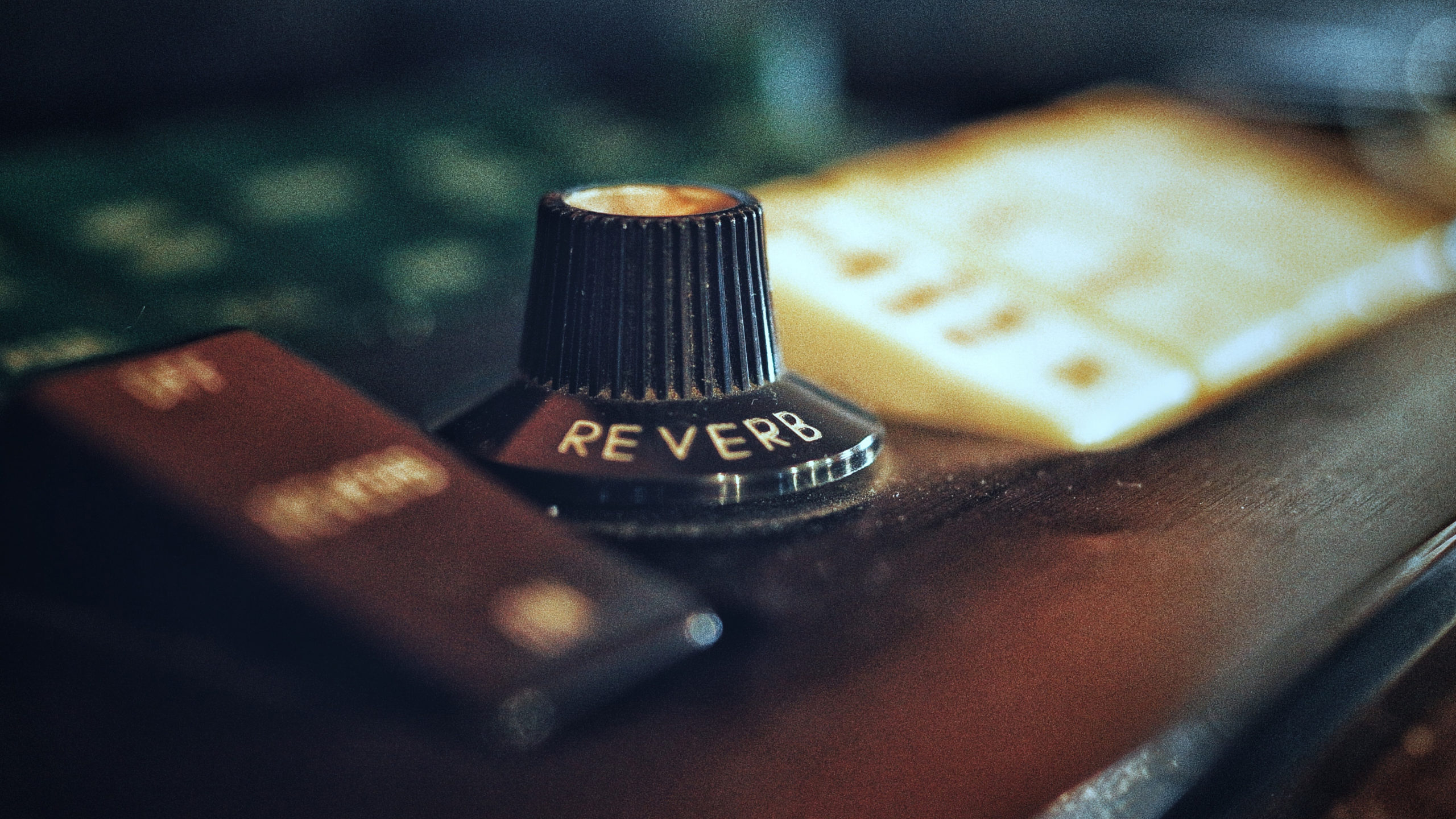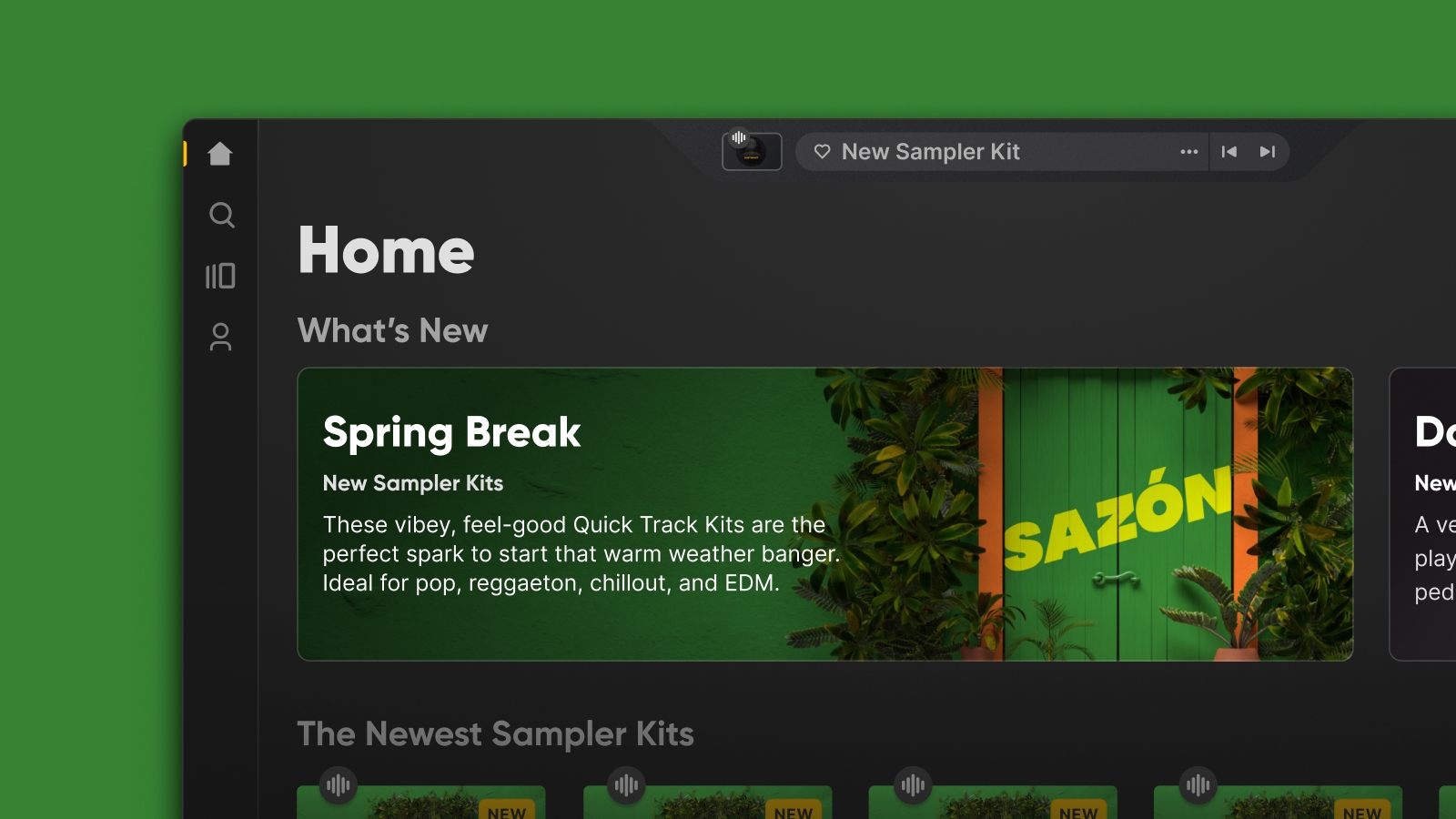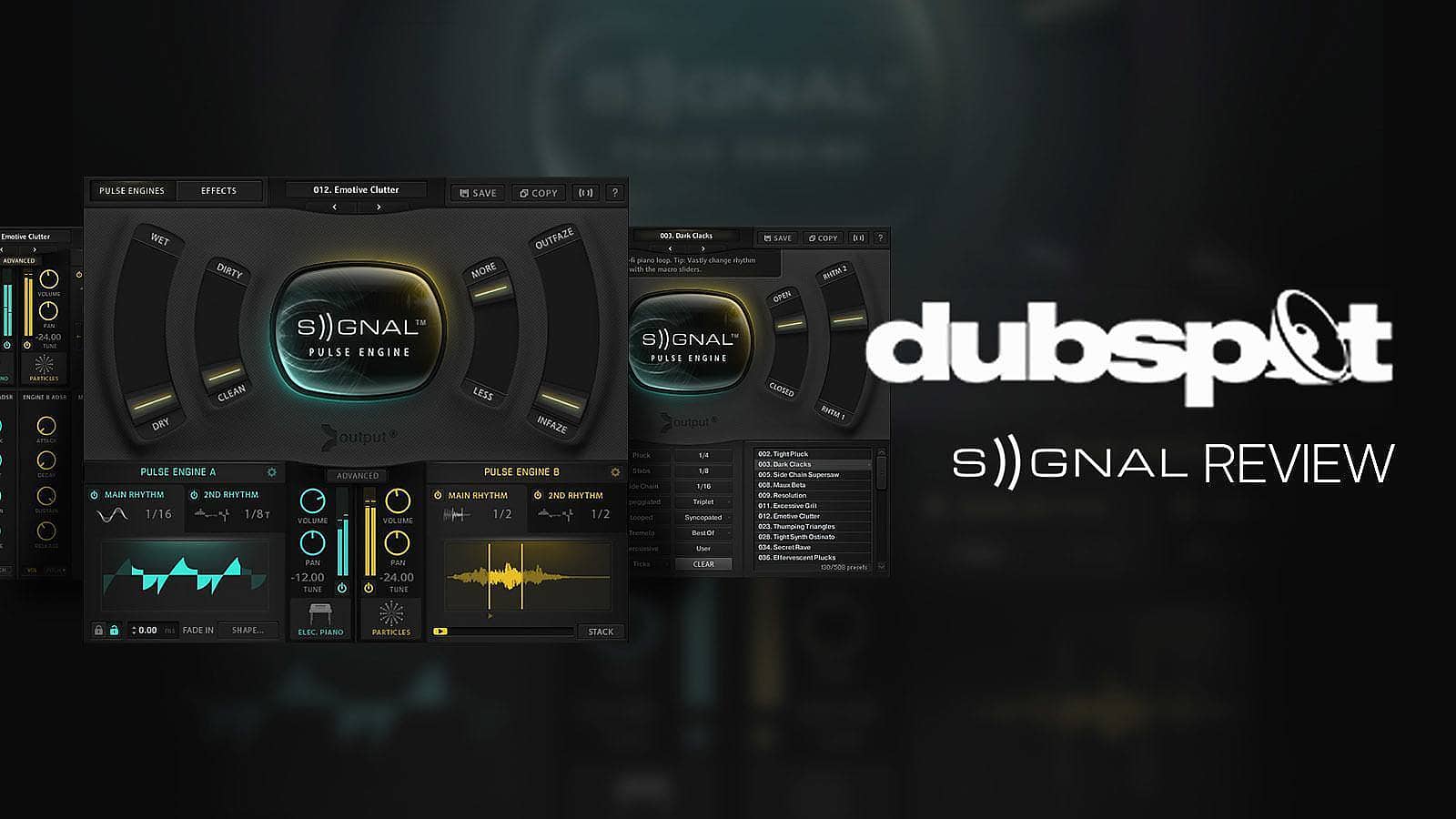
If you make music, you are probably well acquainted with reverb — it’s the sound that happens after a sound. It results from a sound bouncing off of a surface and reflecting back to the listener. In music production, reverb is used to give vocals and instruments a sense of space and dimension.
For a while, natural reverb could only be achieved by recording audio in acoustically pleasing spaces, like churches and concert halls. But in the early-to-mid-20th century, audio engineers began to develop algorithms to recreate different kinds of natural reverbs. These artificial reverbs have advantages for many modern producers — they eat up less CPU and can be more easily controlled and tweaked when producing music.
Two popular artificial reverb types that are still widely used today are spring reverb and plate reverb. These two reverbs have distinctive and quite different sonic characteristics that have been popular for decades on guitar riffs, dub music, and drum kits. Before the advent of digital (or algorithmic) reverb, these reverb styles required physical units that you would send your audio through to achieve the effect.
Today, you don’t need actual springs or steel plates anymore — there are more than enough digital emulations for each — but it’s worth understanding the differences between the two reverbs in order to pick the right one for any situation.
The basics
Before getting into the sounds of plate and spring reverb it’s important to fully understand reverb parameters. Load up your reverb plugin of choice and you are likely to see some of the below:
- Pre-delay: The amount of time between the sound and the beginning of the reverb. A longer pre-delay can better distinguish the original sound in the mix.
- Decay time: The time it takes for the reverb to fully decay (or go away). A longer decay means a longer reverb tail.
- Dry/wet: Change or blend how much dry (unaffected signal) and wet (affected signal) you hear. This can be useful when creating effects sends and stereo reverb sounds in your DAW.
- Diffusion: Diffusion determines the density of your reverb reflections. In other words, how close together the reflections are. A low diffusion results in a “smoother” or washier reverb (good for vocals), while a higher diffusion generally sounds better on drums and percussive elements.
Some reverb types will offer other parameters such as “modulation,” which will allow you to manipulate the reverb time to create artificial, metallic sounding tones, and “reflections,” which allows you to modify the surfaces of the artificial space.
Spring reverb
Spring reverb originated in the 1930s. It was first patented for use by Laurens Hammond, founder of Hammond Organ. The sound of spring reverb was further popularized in the early 1960s when Fender incorporated the Hammond spring into the Vibroverb guitar amp — the first Fender amp to include on-board reverb. (As such, spring reverb is most commonly associated with guitars.)
Traditionally, reverb was captured with a microphone picking up the echoing sound of an instrument playing in a room. Spring reverb is captured differently: An instrument signal is played into one end of a physical metal spring. The spring vibrates, and an output transducer at the other end captures the echoes of the signal.
As you can imagine from the name, the result is a metallic tone that sounds quite artificial. But this isn’t a bad thing at all, as a spring reverb is unique in timbre and can have some really creative uses in mixing and recording. This result is something quite unusual and very different from what you’d expect to hear from a reverb unit designed to emulate large spaces.
The spring reverb sound became largely popular with surf and blues guitarists and continues to be today. Audiophiles still chase sought-after spring units but lucky for us, there are great-sounding spring reverb pedals and plugins also available without spending a small fortune.
For a deep dive into the full mechanics, check out Producer Hive’s guide to spring reverb here.
When to use spring reverb
Reverbs are often combined or layered to create depth and using a small amount of spring reverb can help add to the ambience of a track.
The best way to use spring reverb is to impart color on a particular section of a song, like a guitar riff or a solo. Using too much can overcrowd your mix and can feel overwhelming to listen to over a long period of time.
If you’re looking to add crispness then spring isn’t the best choice. One of the unique aspects of a spring reverb is its ability to add depth to the low end of an instrument. This is because lower frequencies are more powerful than higher ones as they have more energy, and therefore the lows overpower the highs as they are able to travel further across the springs.
It is worth considering your goals for the mix. For example, if you’re mixing drum overheads, spring reverb likely isn’t going to be your go-to effect. Why? Because its artificial sound isn’t the most realistic and so it can be difficult to convey a more natural room sound to the listener.
Plate reverb
As the name suggests, plate reverb features metal plates that are vibrated by a transducer (in the same way a transducer vibrates the cones in your studio monitors to produce sound). Those vibrations are captured by pickups on the plate reverb unit.
Similar to its spring counterpart, the sound of a plate reverb isn’t what you’d expect to hear from a large room. The result can feel natural, or if you turn it up, you can create an artificial-sounding, unique tone.
When to use plate reverb
You know how an oven tray sounds if you tap it with your fingernails? A crude example, but one that conveys the timbre of a plate reverb.
There are sonic characteristics with a plate reverb that other effects don’t provide. As you can imagine, the sound of a metal plate physically vibrating creates a bright-sounding effect. These qualities make plate reverb a go-to option for vocals, snare drums, percussion, and other elements that need to distinguish themselves within the mix. Use it tastefully and to enhance and add color to your sound source.
Today, you can find plugins that provide fantastic plate reverbs. SoundToys’ Little Plate, modeled after five different EMT 140s, is a simple, award-winning algorithmic option that also modernizes what a plate reverb can do. Some convolution reverbs, such as LiquidSonics’ Reverberate, come with a bevy of different plate options so you can dial in the perfect sound.
Try out unexpected musical parts with plate reverb, or mix it in with other reverbs, for some creative results.
Wrapping up
We’re keen to stress — the rules are there are no rules! Grab one of these free reverbs, or your favorite paid reverb plugin, crank the parameters to the extreme and have fun experimenting.
So whether your aim is to create sci-fi style experimental guitar tones or just add a bit of color to your mix, it’s worth having a selection of spring and plate reverbs in your arsenal.
For more on reverb, check out our guide to convolution reverb with best plugin picks!


